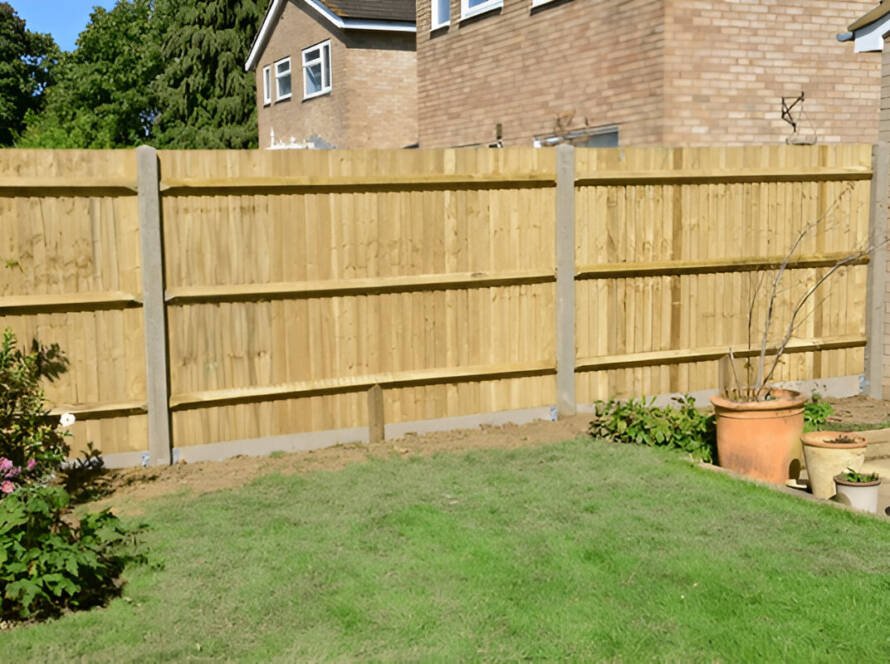When it comes to building a timber fence, one of the most important aspects often overlooked is the capping. Fence capping is a decorative and protective addition to your fence that can greatly improve its appearance and durability. By adding timber capping, you provide a protective barrier to the top of your fence, preventing moisture from seeping into the wood and prolonging its life.
What is Fence Capping?
Fence capping is a protective layer of timber placed on top of a fence structure. It acts as a barrier to shield the fence from the harsh elements such as rain, sun, and wind. This capping not only helps preserve the structural integrity of the timber but also adds an attractive finishing touch. Whether you have a picket, paling, or privacy fence, timber capping can enhance the look and function of your fence.
Benefits of Timber Capping
Durability and Protection
Timber is a natural material, which means it’s susceptible to damage from weather conditions. Timber capping helps protect the top of your fence from water absorption. Without capping, water can seep into the timber, causing it to warp, crack, or rot over time. Capping prevents moisture from penetrating, ultimately increasing the lifespan of your fence.
Enhanced Aesthetics
Fence capping gives your fence a polished, finished look. The clean lines and smooth finish that timber capping provides enhance the visual appeal of your fence. Whether you choose a traditional or modern style, fence capping can add a touch of elegance to your outdoor space.
Low Maintenance
Timber capping requires very little maintenance. While the rest of the fence may need regular cleaning or staining, the capping stays protected from direct exposure to the elements, meaning it doesn’t wear down as quickly. This results in less upkeep, saving you time and effort.
Prevents Splitting
Without a proper cap, the top edges of your timber fence are vulnerable to splitting. Over time, the wood can expand and contract due to temperature changes, causing cracks. Capping acts as a barrier, preventing this from happening and keeping your fence intact.
Choosing the Right Timber Capping
When selecting timber capping for your fence, it’s important to choose a style that complements the overall design of your fence and property. There are different options available, including flat, rounded, or bullnose caps, each offering a different look. You can also choose between various timber species to match the natural tones of your fence.
For a seamless finish, it’s best to choose a timber capping that matches the type of wood used in your fence. For example, if you have a hardwood fence, using hardwood capping will create a cohesive and uniform appearance.
Installing Timber Capping
While fence capping can be installed by a skilled DIYer, it’s often best to consult with a professional to ensure a proper fit. The capping needs to be securely attached to prevent it from shifting or warping over time. A professional installer can also provide advice on the best type of timber for your environment, ensuring long-lasting results.
Conclusion
Adding fence capping to your timber fence is an affor



